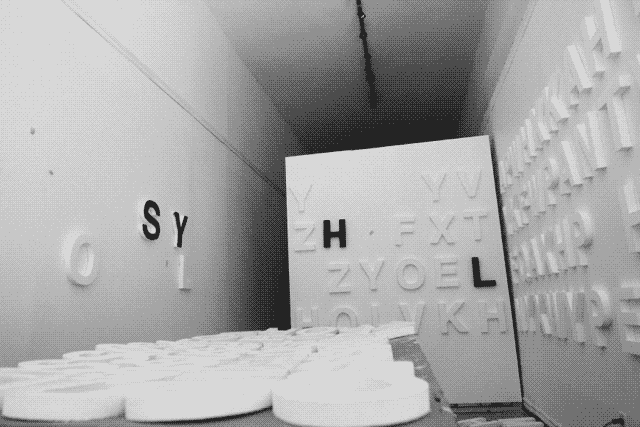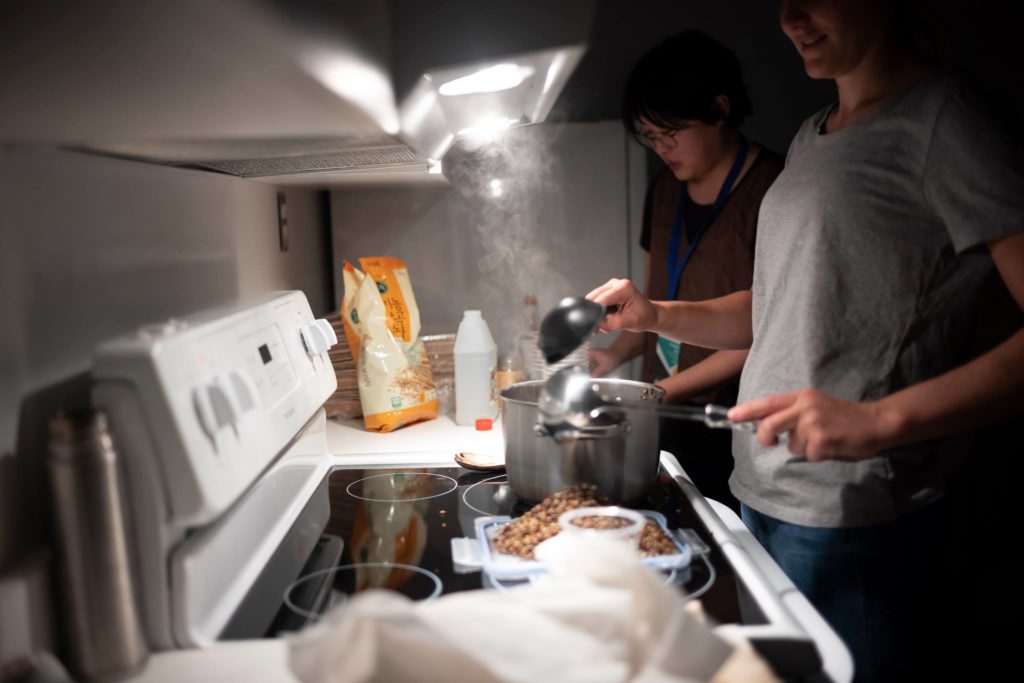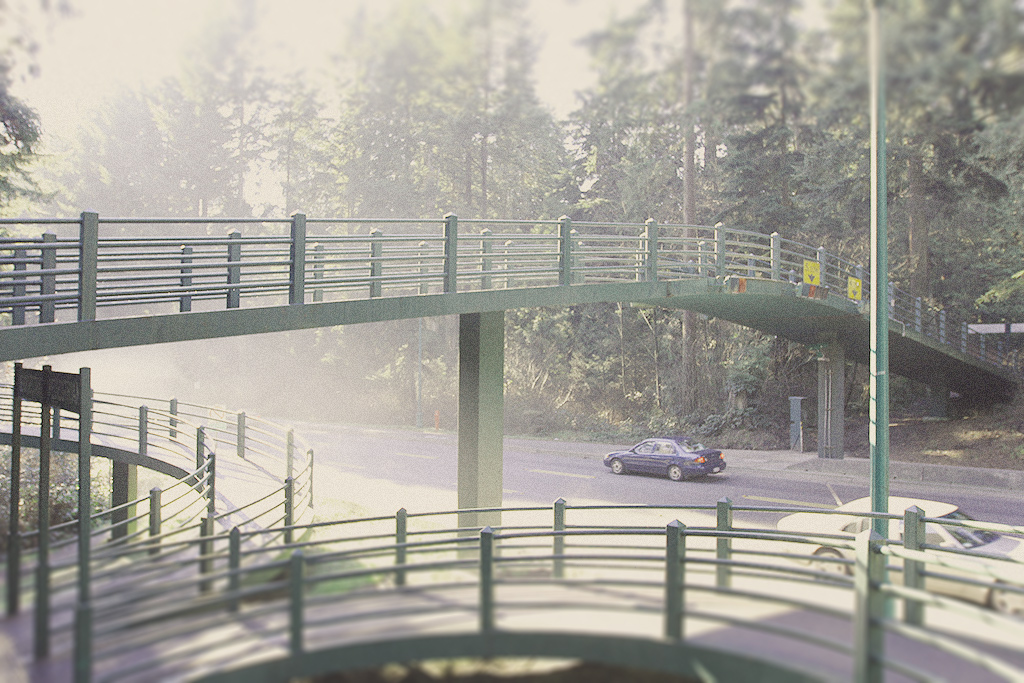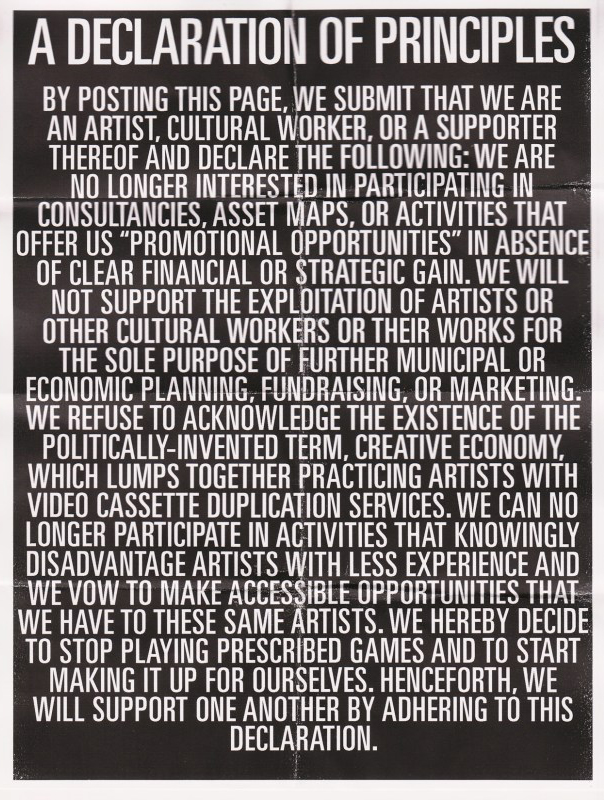
Photo: Project preparation for Broken City Lab’s The Letter Library at CIVIC Space
This post originally appeared on Open Engagement‘s 2014 blog, 100 Questions / 100 Days
To ask the question, “what motivates us?” is to ask for some core reason or rationale that can explain our decisions and our actions.
In the context of social practice, it seems that we often act in response to a set of tensions distributed throughout the world we encounter. These tensions might be experienced as a series of failures, disappointments, and losses, met with glimpses of potential, side doors, and alternative routes. In this way, tensions are a constantly fluctuating intensity produced by a sense of antagonism with the world we encounter being met with an iterative negotiation with the world we can imagine.
However, the precise moment and location at which these intensities and antagonisms become motivation is difficult to pin down, but this isn’t necessarily a bad thing. Without an exact moment or location, we can find a range of affirmative resonances (rather than total alignment) with one another’s intensities and antagonisms. This range of affirmative resonances gives us the space to appreciate motivation as not only a reaction to a specific set of circumstances, but the potential for an instance of shared affect and built capacity. It provides us with the scaffolding to imagine a different way to be in the world, together.
Intention presents a clearer set of actions and assertions, likely already tested, debated, and secured. Intention protects our motivation through its relative clarity (where motivation is a messy constellation of tensions, intention is a clear trajectory of action), but it is not infallible. It directs us to actions at the scale of everyday life, art, and ultimately professionalized circumstances, but it also threatens to cloud the recollection of our motivation. The danger is that without the recollection of our motivation, we cease to be able to act towards the imagining of a different way to be in the world, and ultimately, we diminish intention to a series of empty gestures — still legible, but now vacant of that shared affect (the very stuff that helps us to work together).
If we can ask about our intentions, we might provide ourselves with an occasion to check on who exactly our intentions are serving. Have our intentions lost their capacity to do the work of discreetly translating our motivations into action for the world we encounter? Have they become subsumed and organized by the power structures of that world? If intention loses its capacity to foster a distance and an intimacy by virtue this subsumption and organization, then what good is it?
Motivation, then, must resolve itself to be the ongoing and incalculable sum of the experiences we have with an antagonism pointed towards the power structures, mechanisms of control, and practices of injustice we encounter. In short, motivation is the thing we have all felt in our gut that something isn’t right. Intention becomes the framework for the set of actions that we attempt to realize in order to address those hegemonic realities, and simultaneously provides a cover that is more legible, coherent, and instructive for our motivation, which is messy, unresolved, and perhaps misguided (though deeply urgent).
We hope to check our intentions against a set of politics that are just and true based on our experiences and education, but we risk conflating motivation with intention the longer we work. The violence of that conflation presents itself most clearly in the moments where we have assumed that we need to act on behalf of other people, or in the moments that we find ourselves repeating the things we have already done too many times before, or in the moments where we find ourselves in situations that are financially or politically interesting but ethically and aesthetically jeopardized.
If we are to act on the motivation of wanting to imagine a different way to be in the world, together, then we must configure our motivation as a site of potential and our intentions as the instruments of action. In this way, asking about our motivation can aid us in our recollection of what antagonism can urgently provide and asking about our intentions can aid us in fostering an urgent set of actions.








